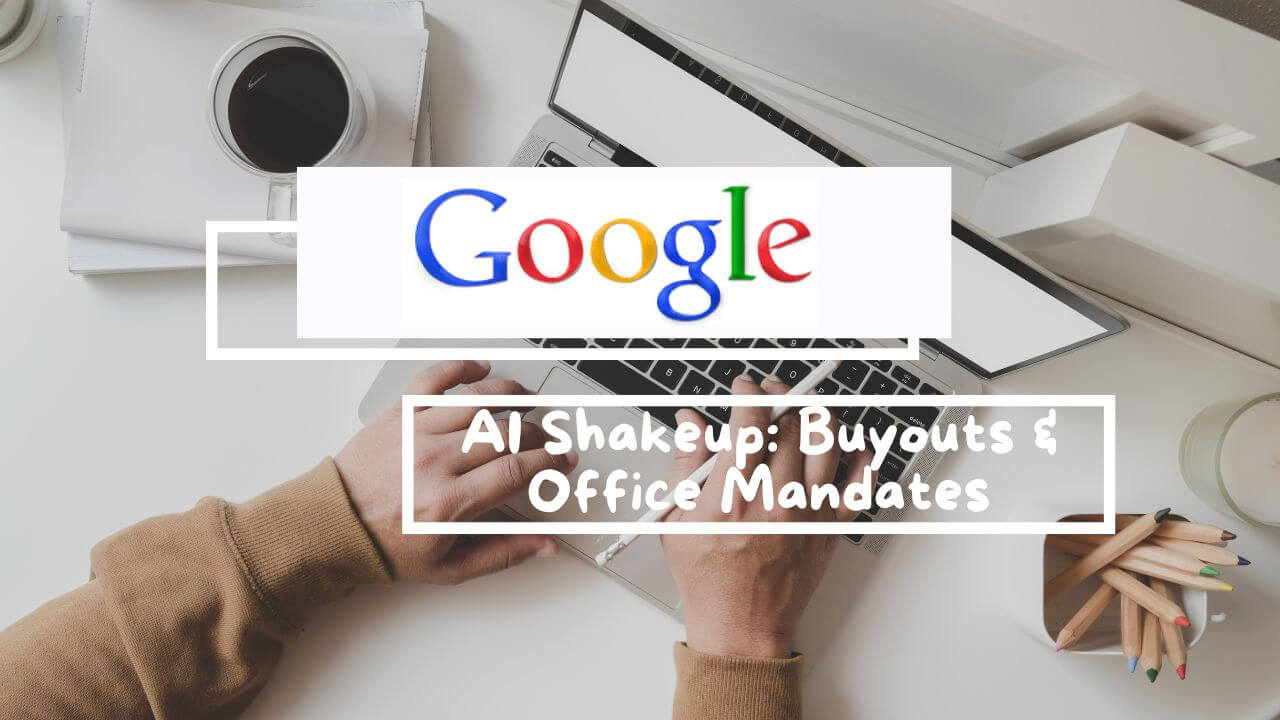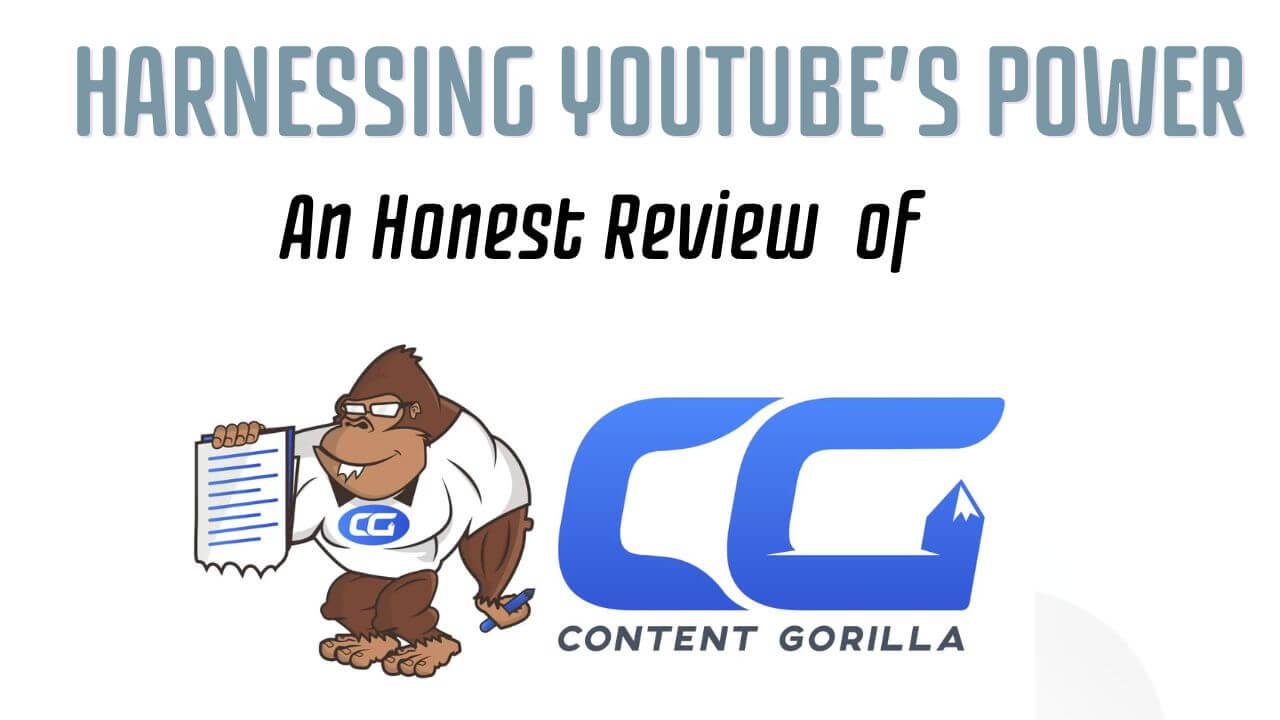Introduction: The Age of AI Reshaping Work
Right before my eyes—as I live and breathe every shift in the tech landscape—AI is taking over in ways we never imagined. The latest developments from Google signal a monumental change in how tech giants are aligning their workforce for the coming AI era. Google has begun expanding its voluntary buyout offers while simultaneously ordering some remote workers to return to the office. This is not just an internal reshuffle; it’s a clear message that the threat of obsolescence—and the prediction of a leaner, more collaboration-focused future—is coming, and it’s here to stay.
The Buyout Strategy: Blow-by-Blow
Voluntary Buyout Offers
Google is now offering fresh rounds of voluntary exit packages to employees in several core divisions, including its search engine, advertising, marketing, research, and communications teams. With over 183,000 employees on its worldwide payroll and ongoing headcount reductions since 2023, these buyout offers are part of a broader cost-cutting and restructuring strategy aimed at funneling more resources into AI development.
- What’s on the Table: Employees who accept the voluntary exit program receive generous severance packages—often including a minimum of 14 weeks’ salary plus an additional week for every year of service.
- Who’s Affected: The offers are primarily targeting U.S.-based teams, providing an option to exit on their own terms rather than facing involuntary layoffs. This approach is presented as a privilege—a “supportive path” for those not aligned with Google’s strategic pivot toward intensified in-house collaboration and AI research.
Return-to-Office Mandate
In parallel, Google is cracking down on fully remote work. Remote employees living within 50 miles of an office are now required to work in a hybrid model—spending at least three days per week onsite.
- The Rationale: The mandate is intended to boost in-person collaboration, which executives believe is essential for rapid innovation in the AI arena. As expressed by Google spokespersons, the goal is to “bring folks more together in person” to better support the company’s transformation efforts.
- Team-by-Team Implementation: The push isn’t uniform but is being implemented on a team-by-team basis depending on the specific needs of each division. Some high-performing teams that are critical to Google’s core technology are being specifically targeted for an in-office work model.
The Threat is Real: Predictions for the Future
These strategies are not without risk. Google’s measures hint at a future where remote work might be seen as less valuable in the race for AI supremacy. While these buyout offers and return-to-office mandates are meant to streamline operations and foster innovation, they also serve as a stark warning: the era of traditional, loosely structured work arrangements is swiftly ending.
- Cost-Cutting and Efficiency: In an industry where every dollar matters, reallocating resources to fuel the capital-intensive AI arms race means cutbacks elsewhere. This is a trend we are likely to see more broadly—not only at Google but across other tech giants striving for an edge in AI.
- Employee Uncertainty: For many, these measures introduce a sense of instability. The voluntary nature of the buyout program offers an escape route, but its necessity is a sobering reminder that no job—even at a tech titan like Google—is secure in a rapidly evolving digital ecosystem.
Filipino-Fied Perspective: Lessons for Home
For Filipino tech workers, freelancers, and those entering the digital workforce, these moves offer both caution and opportunity.
- Embracing Change: In the Philippines, where remote work became a vital lifeline during the pandemic, the notion of being forced back into traditional office settings may seem regressive. However, it also underscores the universal truth that adaptability is key in the digital era.
- Opportunities Amid Uncertainty: Local startups and tech firms can take a page from this playbook. Diversifying AI tools, like integrating Microsoft Copilot alongside tools such as DeepSeek, can build resilience. Just as Google is restructuring to devote more focus to AI, Filipino tech leaders can channel similar innovations to better serve our unique market needs—be it localized digital services or bridging infrastructural gaps with smarter technology.
- The Call for Innovation in Local Work Culture: The transformation at Google serves as a reminder to Filipino professionals: staying ahead means embracing continuous learning and preparing for an increasingly AI-driven world. It’s a signal to invest in skills that are aligned with emerging technologies, ensuring that local talent remains competitive on a global stage.
Conclusion: A New Chapter in the AI Revolution
Google’s bold move to offer voluntary buyouts while enforcing a return-to-office mandate is much more than an internal policy shift—it’s a harbinger of the new work paradigms driven by the relentless pace of AI innovation. For Google, the threat of obsolescence and the need for rapid AI development have catalyzed these drastic measures. For Filipino workers and tech enthusiasts, it underscores an imperative: innovation and adaptability are no longer optional—they’re essential.
At AIWhyLive.com, we continue to monitor these seismic shifts in the tech world. The prediction is coming, and it’s clear that in this evolving digital era, those who adapt will thrive. Whether you’re riding the wave of remote work or preparing for an era of curated in-person collaboration, the future is unwritten—and it’s ours to shape.
Sources & Further Reading
- MSN Money Article: “Google expands voluntary buyout offers, orders some remote workers to return to office amid AI race.” Read the full article
- Google Corporate Communications: For additional context on workforce restructuring and investment in AI, refer to Google’s official press releases and investor relations updates available on their Google Investor Relations website.
- AIWhyLive.com Analysis: Our ongoing commentary and analysis on industry trends have also contributed to insights shared in this article. For more details on how these trends affect local tech communities, visit AIWhyLive.com.
Stay tuned to AIWhyLive.com for more insights into the dynamic intersection of AI, work culture, and global tech trends. The future is fast approaching—are you ready to be part of it?






